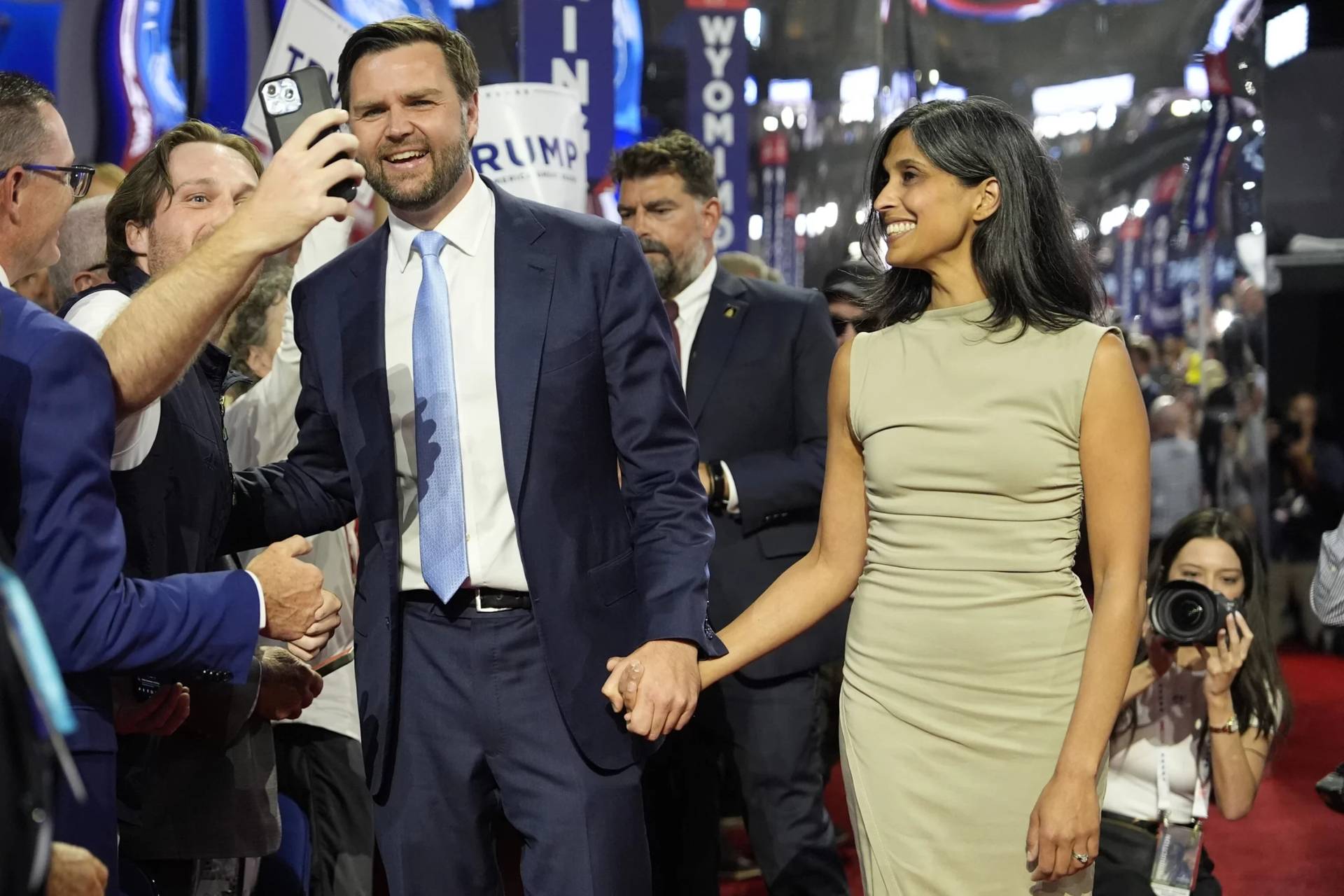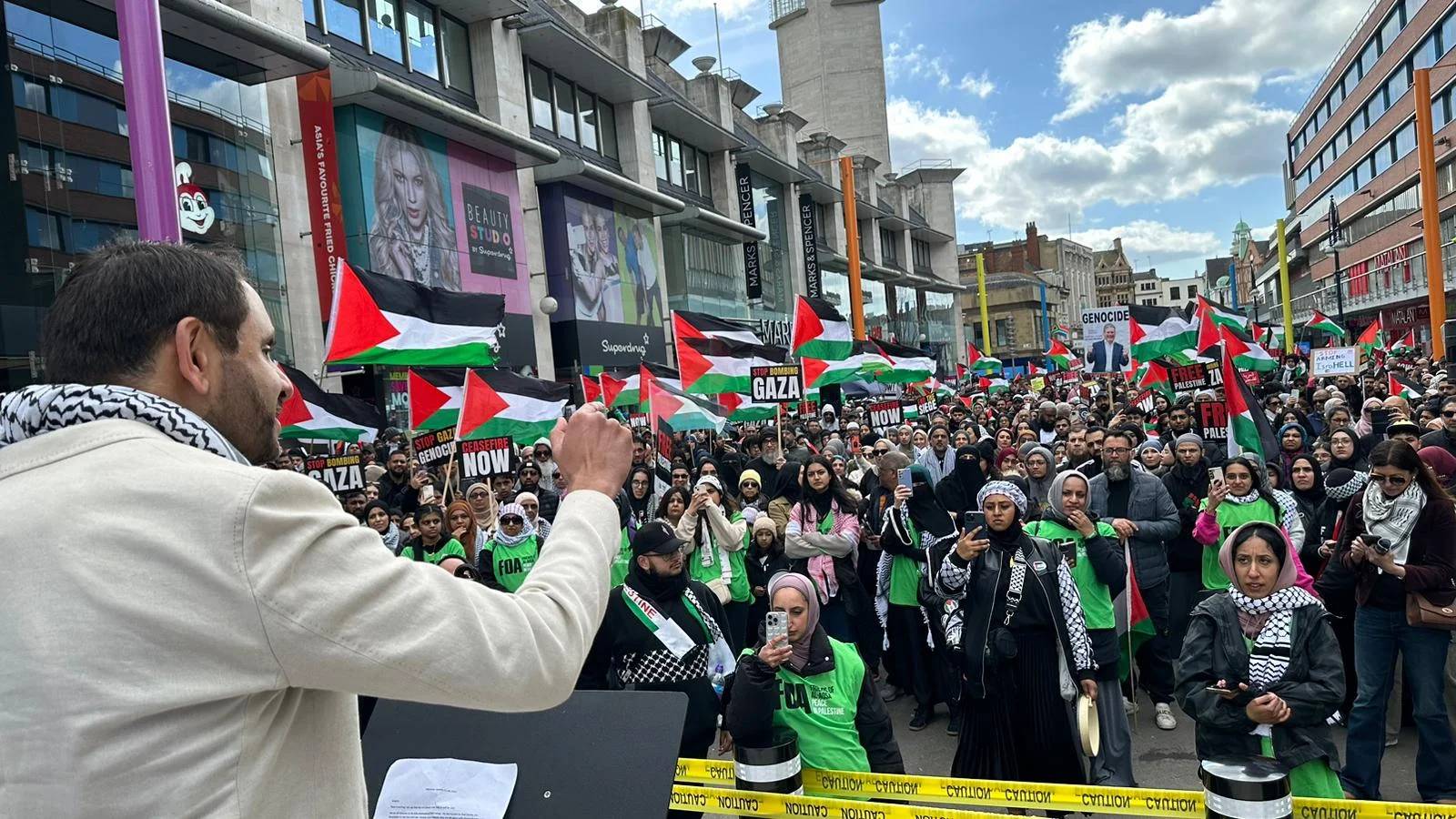KRAKOW, Poland – Auschwitz-Birkenau is rightly known as the world’s preeminent monument to evil, a reminder in cinder and stone of the stunning depravity of which human beings are capable. It was striking on Friday to watch Pope Francis sitting on a bench in the camp, by himself, in silence and prayer, for a remarkable stretch of time, clearly meditating on what his predecessor Pope Benedict XVI called “this place of horror.”
Yet the terrible paradox of Auschwitz is that alongside the lessons it has to teach about inhumanity, there are also chapters of deep humanity – stories of courage, and sacrifice, and the kind of self-giving love that becomes most visible, and dramatic, only in moments of terrifying hate.
In the Catholic imagination, the best-known example of that paradox is St. Maximillian Kolbe, the Franciscan priest who volunteered to die in place of a stranger at Auschwitz and was starved to death with nine other inmates in the summer of 1941. He was declared a saint and martyr by Pope John Paul II in 1982, and Pope Francis on Friday visited the cell where he died.
During his visit, Francis offered the world another powerful lesson in “man’s humanity to man” by meeting 25 “Righteous Among the Nations.”
The title “Righteous Among the Nations” has been awarded since 1963 by a commission of the Supreme Court of Israel to recognize non-Jews who took substantial risks during the Holocaust to save Jewish lives. To date, more than 26,000 men and women from 51 countries have received the honor.
The personal stories represented by the 25 people who greeted the pontiff each embody the sort of astonishing goodness ordinary people can summon when the chips are truly down.
There was Anna Bando, whose mother, Janina Stupnicka, was employed by the Nazis to manage residential buildings in Warsaw, including some in the infamous Jewish ghetto. Twelve-year-old Anna and her mother would smuggle in bread to feed starving families, and eventually they took in several Jews, providing them shelter and helping them obtain forged documents that allowed them to survive.
There was Witold Lisowski, who at 13 found his close Jewish friend, Dudek Inwentarz, exhausted and starving in a forest after fleeing a convoy transporting Jews to the Treblinka death camp. Lisowski brought Inwentarz home, where he and his mother sheltered him for several weeks until neighbors became suspicious. Inwentarz then hid in the forest, where Lisowski brought him food and clothing on a regular basis and kept him company until the Red Army liberated the area in September 1944.
Also on hand was Sister Janina Kierstan, the Mother General of the Franciscan Sisters of the Family, representing Sister Matylda Getter and other nuns from the order who were responsible for saving 500 Jewish children and 250 elderly Jews in Warsaw. One witness later recalled that it was an open secret among the Jews of Warsaw that if someone needed refuge, he or she could find it from Getter, who was known as “Mamma.”
One survivor in 1993 recalled arriving at the sister’s convent and being received by Getter, who asked what she wanted.
“I answered that the police were on my tracks and I could not go back to my apartment; that I was Jewish, and I did not know where to go with this life that was beating so desperately in my heart,” the survivor said. “From that day on I lived in the house on Hoża Street. The Sisters found me a job. I know, I saw with my own eyes, and I can attest that many Jewish people went through the convent, and especially a great number of small children.”
Getter reportedly once said that her actions were based on her religious faith, but also her basic sense of human decency. As she put it, “I am saving man.”
The lone Catholic priest among the group was Father Stanisław Ruszała, on hand to represent the parish in a village where an impoverished Catholic couple and their children were killed for saving Jews – including the couple’s son, who began to be born at the moment of execution.
Józef and Wiktoria Ulma had agreed to give shelter to eight Jews in their village, despite a constant threat of detection. Someone obviously denounced them, and in March 1944 five German gendarmes and several Polish policemen arrived at the house. They first shot the Jews being sheltered there, then killed Józef and Wiktoria, and eventually decided to kill the children too, leaving seventeen people dead in all.
In 2003, a sainthood case was opened for the Ulmas by the Polish Diocese of Przemyśl, and is currently under review by the Vatican’s Congregation for the Causes of Saints.
One could go on telling the stories of these remarkable people, but the point should be clear that terrifying moments of brutality can sometimes elicit the best of the human spirit right alongside the very worst.
In graduate school, a professor of mine once insisted in a moral theology seminar that Christian thought has spent too much time over the centuries pondering what’s often called the “Mystery of Evil,” and not nearly enough on what he insisted is an equally tough-to-explain “Mystery of Good.”
On Friday in Auschwitz, Pope Francis witnessed – and, of course, occasioned – a moment when the awful juxtaposition of those two mysteries was about as clear as it’s ever going to get.















